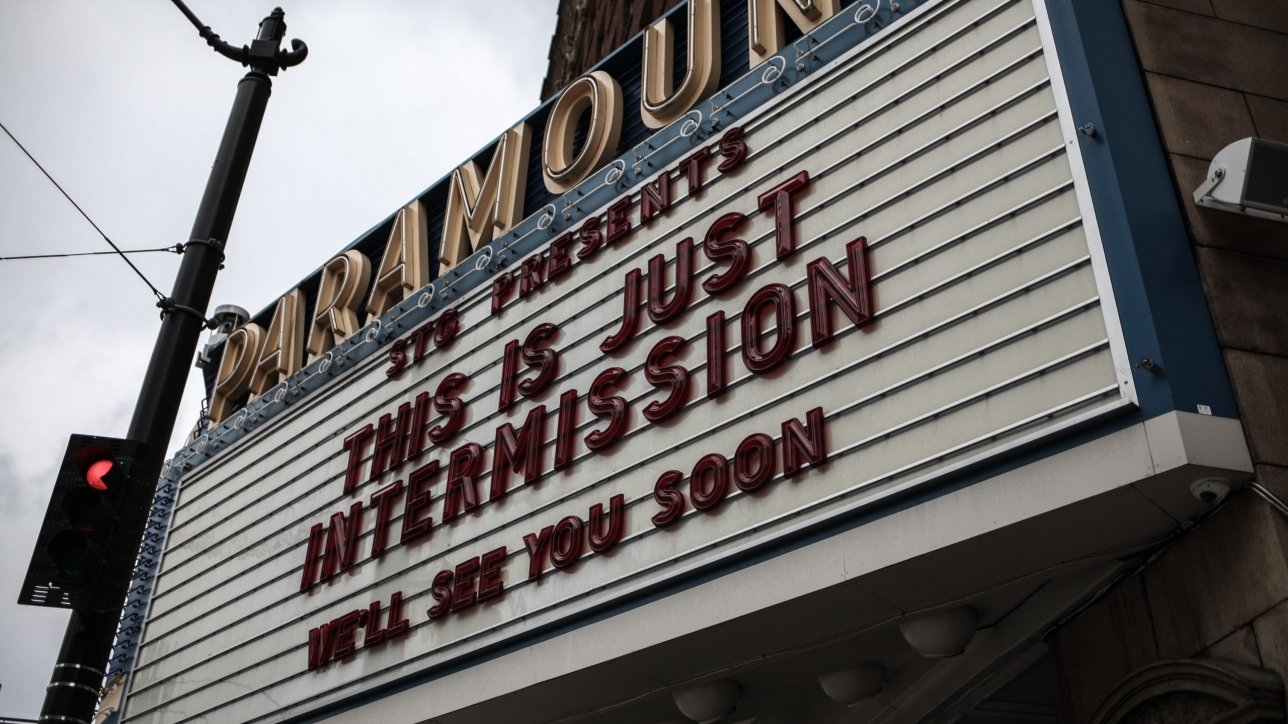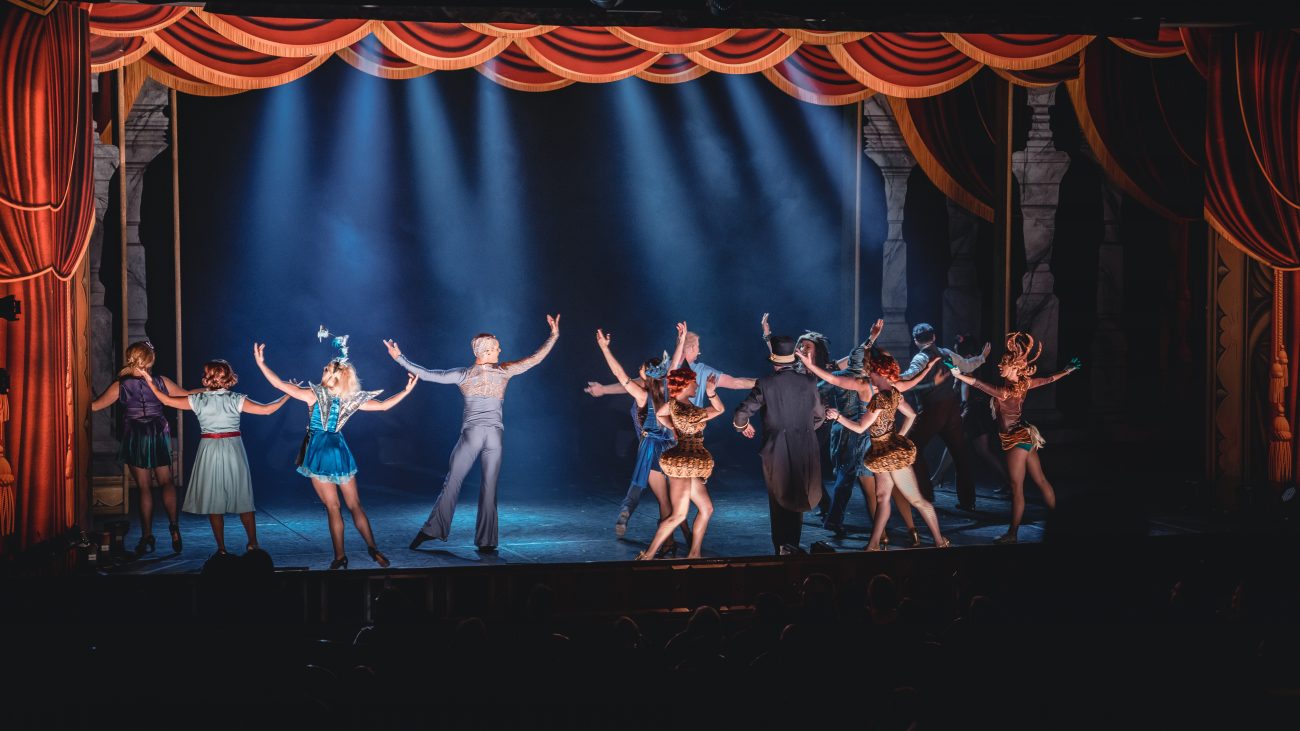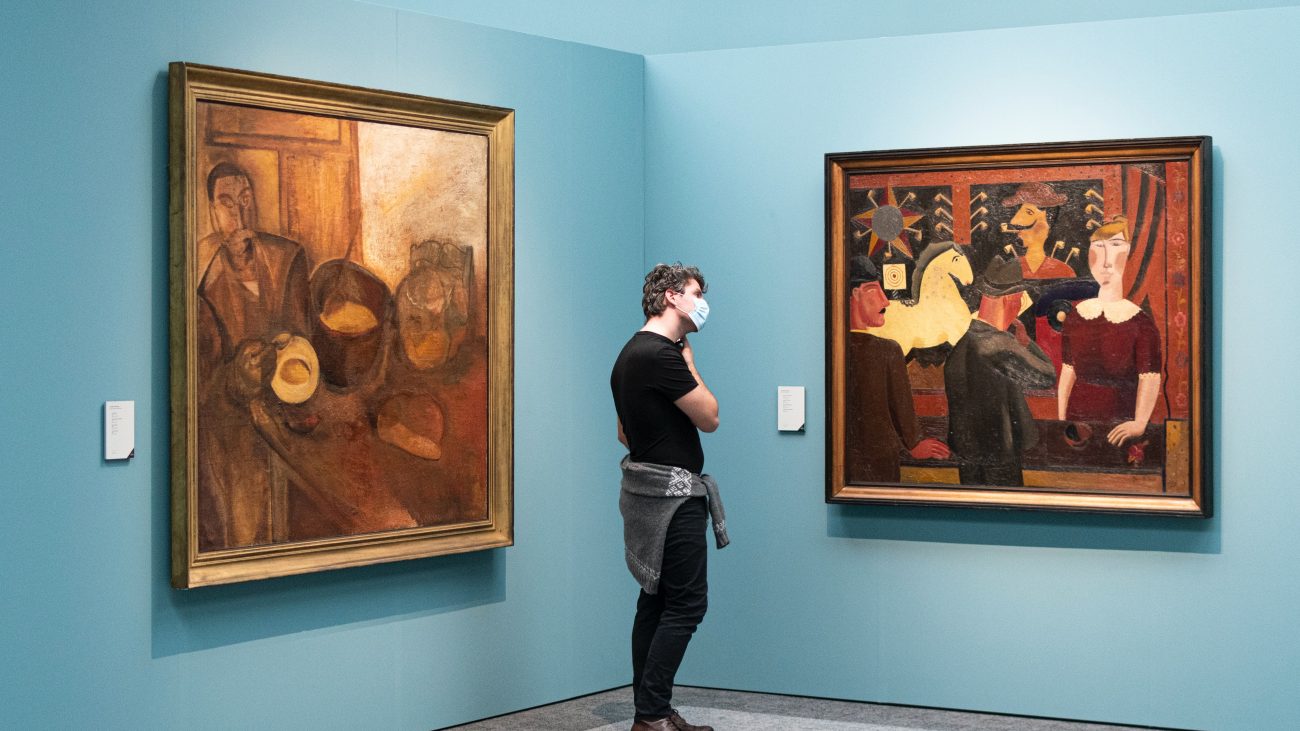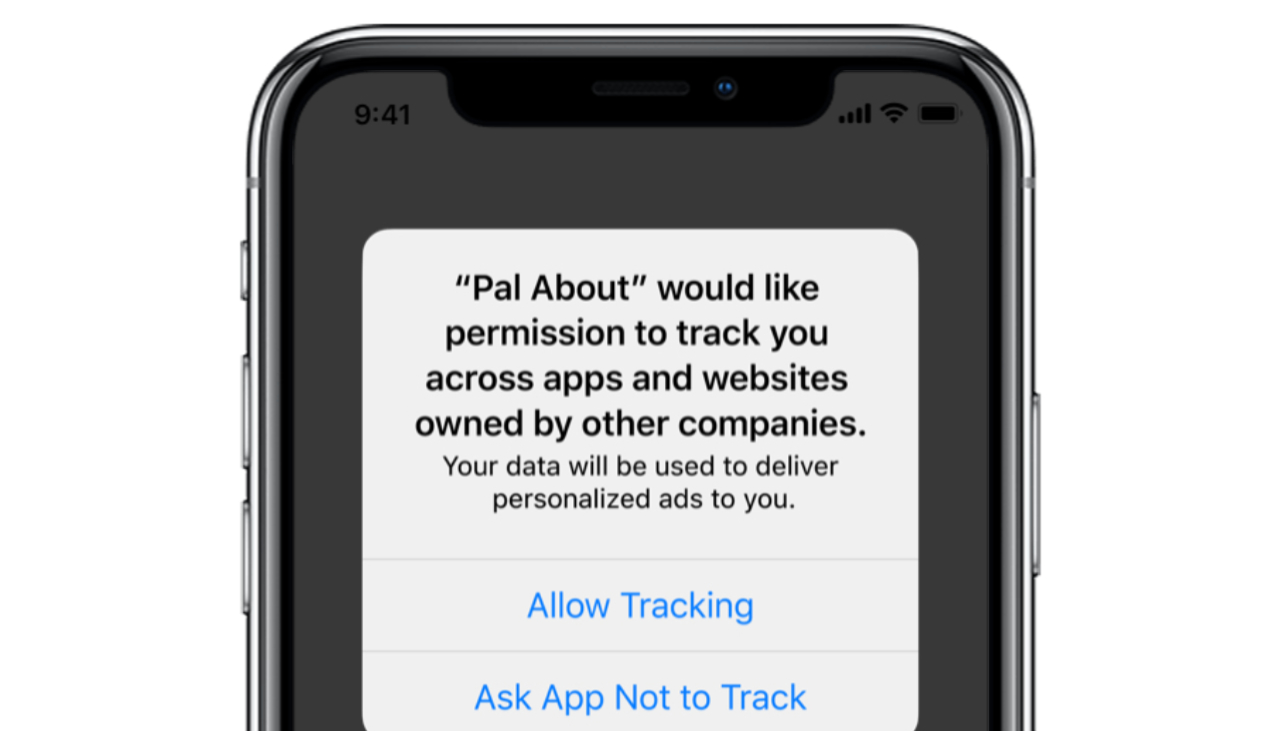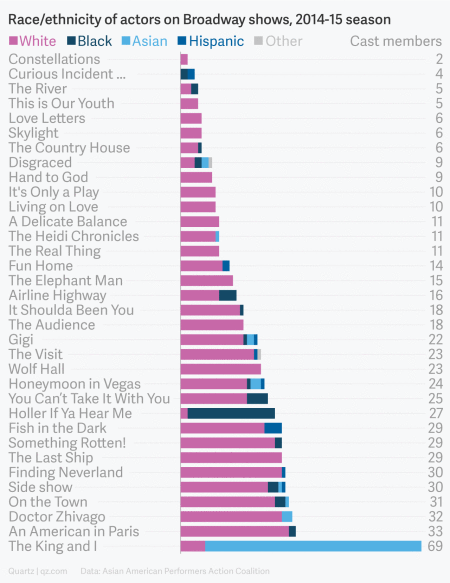MogoARTS’ President Danielle Johnson recently sat down with TRG Arts’ Client Engagement Officer Eric Nelson to discuss the challenges and opportunities for arts organizations as they reopen. As a part of that discussion, there are some key trends and takeaways that arts organizations should consider when preparing for the new season ahead. As partners with TRG Arts, we understand the challenges and opportunities arts organizations are facing. Here are the 5 things to know about reopening. We hope these tips can bring new perspectives to your organization.
1: Ask “Who can we best serve?”
As state and nationwide mandates continue to evolve and in-person events are permitted, organizations recognize there will be less seating inventory available due to social distancing policies. Therefore we must redefine our audience and ask, “Who can we best serve?”
Although arts organizations may have had an established audience before the pandemic, reopening challenges organizations to redefine that audience. Consider which audience members may be most likely to return, potential new audiences, and who you’d like to prioritize in the coming months.
Having a target audience enables organizations to have a clear focus on budgeting, marketing, and strategy as they begin to welcome patrons back to their venues. By defining a target audience, organizations will have a better understanding of where to allocate their time, money, and resources. By focusing on the right audience, arts organizations can reach their relevant audiences more efficiently, using less resources while driving higher returns from production planning, ticket marketing, and the communication of safety strategies.
As Nelson shared from TRG Arts’ findings, most organizations are opening up at 30-50% of their previous full capacity. With limited inventory and resources, arts organizations are being challenged to pinpoint their highest value audience and redefine an engagement strategy as they reopen. Who do you want to fill those limited seats? Decide whether your organization wants to focus on inviting in new audiences, or on welcoming back loyal or returning patrons. There may be many possibilities for growth outside of your current audience. The best way to gauge interest is to speak to your potential patrons via surveys, newsletters, and engagement on social media.
2: Engaging Online and In-Person Audiences
With the onset of COVID-19 and in-person events being put on hold, many arts organizations adopted digital offerings to continue to bring the arts to their patrons. Digital content programming gave arts organizations an additional revenue stream and helped them stay engaged with their patrons. One of the unforeseen benefits of going digital has been increased viewership due to lowered entry barriers. Digital programming has enabled those typically restricted by in-person seating accessibility or capacity, geographical boundaries, or financial resources to engage with digital content in a way that in-person events hadn’t made available. As shows are no longer limited by in-person capacity, they can no longer be sold out. Digital programming is often offered at lowered prices as well, both of which make shows more easily accessed than ever before.
The transition to virtual programming has given new and diverse audiences an opportunity to engage with organizations in ways that weren’t possible in the past. Up to 80% of theatres are now offering paid digital events and giving organizations an opportunity to capitalize on an increase of viewership and online engagement. By providing digital offerings, organizations have increased revenue, brand awareness, and audience reach. It has helped organizations to reach previously unavailable audiences, growing and diversifying patron base.
As we begin to reopen, TRG recommends to continue to embrace your virtual audience. Consider continuing virtual offerings even after in-person events are allowed again, not only to drive accessibility, but also to keep your connection to a digital audience long after reopening. Engaging audiences with both virtual and in-person experiences, enables arts organizations to diversify their offerings, build a virtual audience, and engage that audience for in person events. These will all help organizations strengthen and diversify their loyal patron base.
3: Make Reopening Fun
Reopening won’t be an instant return to pre-pandemic normalcy. With partial capacity seating and safety guidelines to adhere to, it is imperative to articulate safety measures your organization is taking to make patrons feel safe. However, this doesn’t mean that you can’t have fun with it.
Think of ways to stay safe while doing things your way – add personality and flair to your safety procedures by using the same theatricality and care you have for your sets. This could mean dressing up empty seats set aside for social distancing, creating branded safety infographics, or using humorous and whimsical signage in the theatre. As you reopen, keep a pulse on audience response. Listen to feedback, see what your patrons react positively or negatively to and adjust accordingly.
Attention to detail in regards to patron journey, especially when it comes to safety, will only enhance patrons’ experiences as we return to in-person events. A careful, yet fun, patron journey strengthens audience trust and establishes a much-needed rapport after a year away from the stage. Let them know your principles, as making a return to live performances will require a careful approach that makes audiences comfortable with coming back. There is no reason why following guidelines should take away from the magic of a live performance!
4: “Christmas in July”
As the arts make a comeback, so does competition. Arts and entertainment organizations everywhere are preparing to welcome in-person audiences back this year. Since there will be many offers and entertainment options as we get back to in-person events, it’s important to get in front of audiences as early as possible. TRG Arts recommends trying to be one of the first to market – think ‘Christmas in July!’
Competition will be stiff, but there’s good news: with live shows returning, people are excited. TRG Arts has observed a pent up demand for in person shows. People are ready to get back to in-person entertainment and as a result, subscription renewal rates are higher than in previous years. We recommend meeting audiences with the same energy and sense of urgency they feel to get back to your venue. TRG Arts also found that loyal and lapsed patrons have been giving donations to arts organizations at an increased rate YOY. Nearly half of organizations (49%) saw an increase in gift revenue in 2020, and 74% saw an increase in the number of gifts from 2019. This shows that patrons are eager to support the arts. So engaging patrons before other organizations do, will give you a chance to capture their attention & time to drive additional revenue.
Setting a strong momentum for yourself right out of the gate will allow your organization to stand out above the rest. Additionally, early preparation in safety measures, marketing, and seasoning planning will make sure you don’t get left behind this reopening season. Keep your patrons updated on upcoming plans and be transparent with any changes and issues, so that your audiences are ready the same time you are. The race is on!
5: Take A Look Back
We encourage you to reflect on the lessons, tactics, and initiatives your organization has taken in the last year. Give your teams an opportunity to celebrate the wins and understand the challenges. This reflection can help you craft a strategy and inspire ideas to support reopening.
For example, there may be messaging tactics developed to increase online engagement that can be repurposed to strengthen your reopening plan. Similarly, lessons learned the hard way, such as decrease in your audience engagement should be taken into consideration. Do you want to try retargeting them or use your budget elsewhere? Organizations can benefit by applying these lessons towards streamlining patron journeys, refining offerings, aligning internal teams, and continuing to innovate in-person and digital strategies.
Don’t forget that during COVID-19, many organizations created a whole new digital experience. You will want to think through ways that this digital offering can compliment or support your reopening strategies. Many organizations are evaluating their longer-term digital offering. TRG Arts recommended finding the balance between what efforts you want to continue and what new initiatives to take. This opportunity for reflection can give your organization the ability to assess what are the right strategies to re-engage your patrons.
As we make a return to the stage, MogoARTS wants to encourage arts organizations to take informed, safe steps towards reopening. We are thankful for resources and partners like TRG Arts that can help us understand the journey and trends for reopening. Lastly, we have learned a lot from the last year and being able to apply those learnings toward our reopening strategies will help us engage with our patrons. MogoARTS is committed to helping the arts community welcome patrons back and hope these takeaways help in your reopening efforts.

